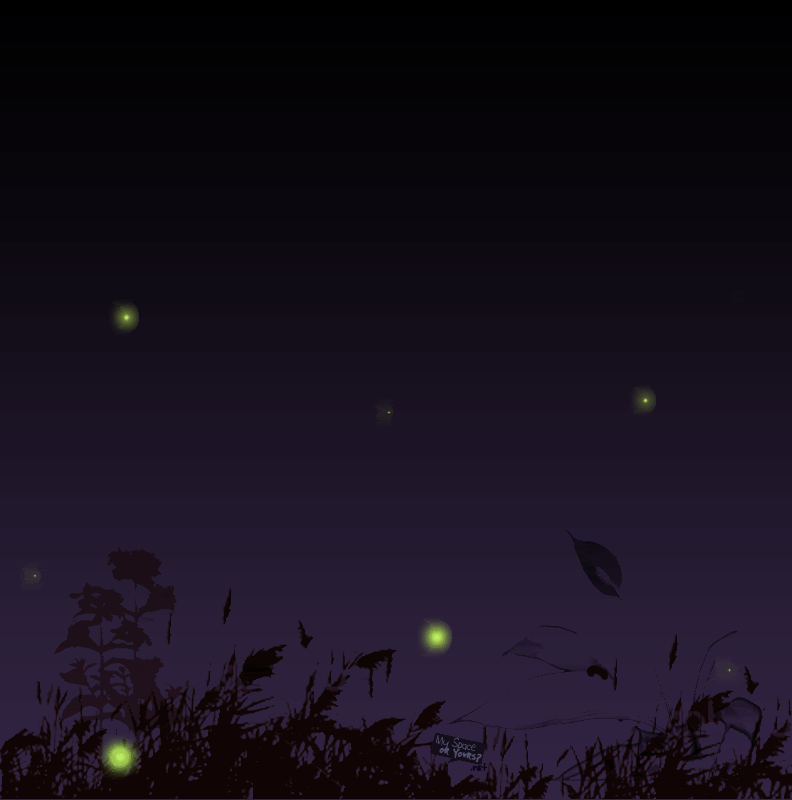
"I am that merry wanderer of the night"
- A Midsummer Nights Dream
Luciferase is the enzyme which is used by fire flies to glow. It uses the substrate luciferin for this oxidative process. The reaction is as seen below:
| University of Wisconsin, Dana Nystrom, http://people.uwec.edu/nystrodl/chem.htm So what are the advantages to using Luciferase versus traditional practices?
 A close up of the main molecule The opening shows how the substrate enters the enzyme. This is the opening to the active site. What are things being done with Luciferase? Renilla Luciferase (R-Luc) produces light upon mechanical stimulation. In this study R-Luc is fused to an antibody for cancer cells. The antibody used is Carinoembryonic antigen (CEA) was because it is highly expressed in colon cancer and is a surface marker. Fusion protein was tested for for binding to cancer cells through flow cytometry. The fusion protein was tested for expression and stability using bacterial periplasmic secretions and stability was improved by mutagenesis. The protein was injected into a mouse under anesthesia, through the tail and PET and Optical imaging was used to capture the light emitted and the target tumor. The result was is as shown in the below picture: This experiment allows for R-Luc to be fused to other known disease antibodies. With this kind of information, specialized treatment can be developed, and more about the disease can be known. The advantages of this method are decreased background signaling resulting in higher sensitivity and more specificity. Extracellular targets as well as intracellular targets are in clinical studies. Phase-Specific Circadian Clock Regulatory Elements in ArabidopsisIn this experiment, arabidopsis was transformed with Luciferase to study the Circadian biological clock. That is in plants, stoma opening and leaf movements are dependent on the biological clocks. The transformed arabidopsis were exposed to environmental conditions such as temperature and light/no light. Luciferase activity was then measured to help determine the activity of the plant. The experiment also included variations of the promoter region to determine which ones were important for circadian rhythms. They also were able to figure out which regions dealt with morning rhythms versus night rhythms. These rhythms were found to be most important on the transcriptional level.
With the ability to transform plants to glow like this, will Christmas Trees be next?
|









I'm going to be honest, this is a cool protein. All I would say is that the big white box is distracting, maybe because it is off center, I'm not sure. Otherwise, good job!
ReplyDeleteI loved the firefly image at the beginning. It is a nice introduction to the rest of the blog. For your final page, I would suggest putting the information in paragraphs with all of the sources listed at the bottom. The paper titles and citations are a little distracting. Overall, good protein to pick, good info to back it up. :-)
ReplyDelete